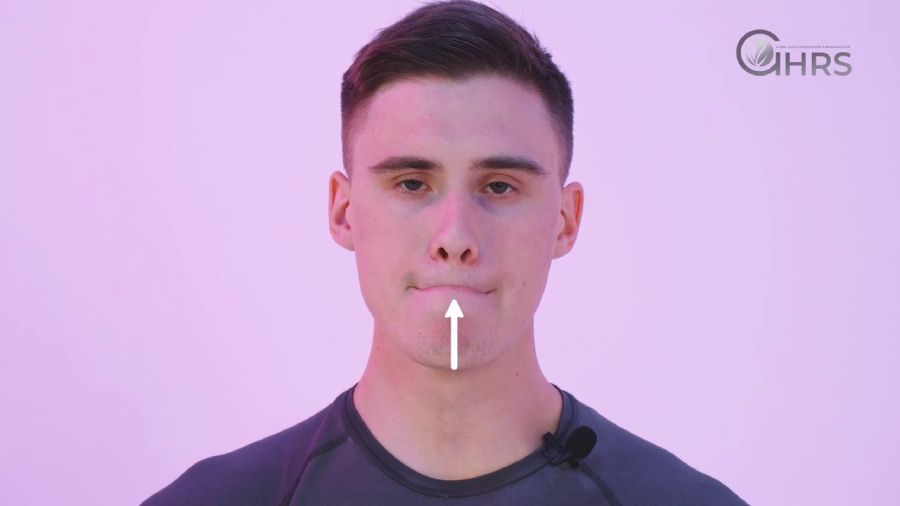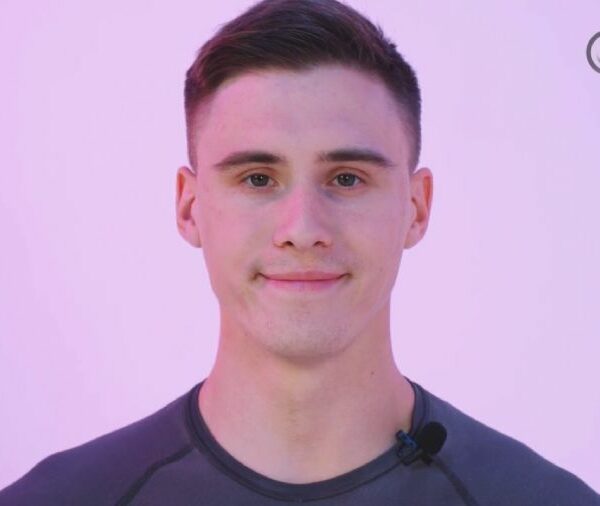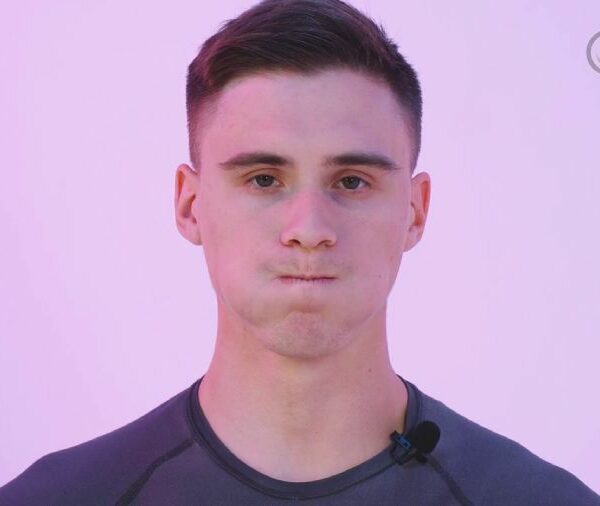The Set consists of 8 exercises, the total duration of the Set is 15:52 min
REQUIRED ACCESSORIES: all exercises are performed in a sitting position, preferably in front of a mirror.
In the section “Aphasia. Dysarthria” sets of exercises are developed by the 4 main directions and muscle groups, 5-th direction – a set of respiratory-verbal, articulatory exercises.
You are looking at Set №4: Jaw and palate exercises
IMPORTANT! Oral-motor and respiratory-verbal exercises improve a person’s ability to reproduce speech sounds with a greater clarity. However, individual oral-motor exercises may not be suitable for all people, and therefore additional intervention by a rehabilitation physician and speech therapist may be required.
Additional Info
Speech disorder – Aphasia and Dysarthria – impaired ability to speak and understand speech. Aphasia and dysarthria are the result of damage to the brain structures responsible for speech.
Aphasia is a violation of the motor and sensory link of speech (total aphasia). Violation of the motor link is manifested by the fact that the patient loses the ability to normal speech, speaks very slowly, in separate phrases, sounds, and sometimes is not capable of speech at all. Violation of the sensory link is associated with the perception of speech: the patient does not understand the reversed speech, does not understand what the conversation is about. Some patients, however, retain the ability to respond to significant personal designations (names, places). Aphasia is usually combined with alexia (inability to read), acalculia (inability to count), agraphia (inability to write), which together makes it almost impossible to establish contact with the patient.
Dysarthria is a violation of the pronunciation part of speech. This disorder is associated with a violation of the innervation of the facial muscles responsible for the formation of speech. Dysarthria is manifested by slurred, indistinct speech “in the nose”, salivation. The speech is quiet, deaf, monotonous. [Explore More]






